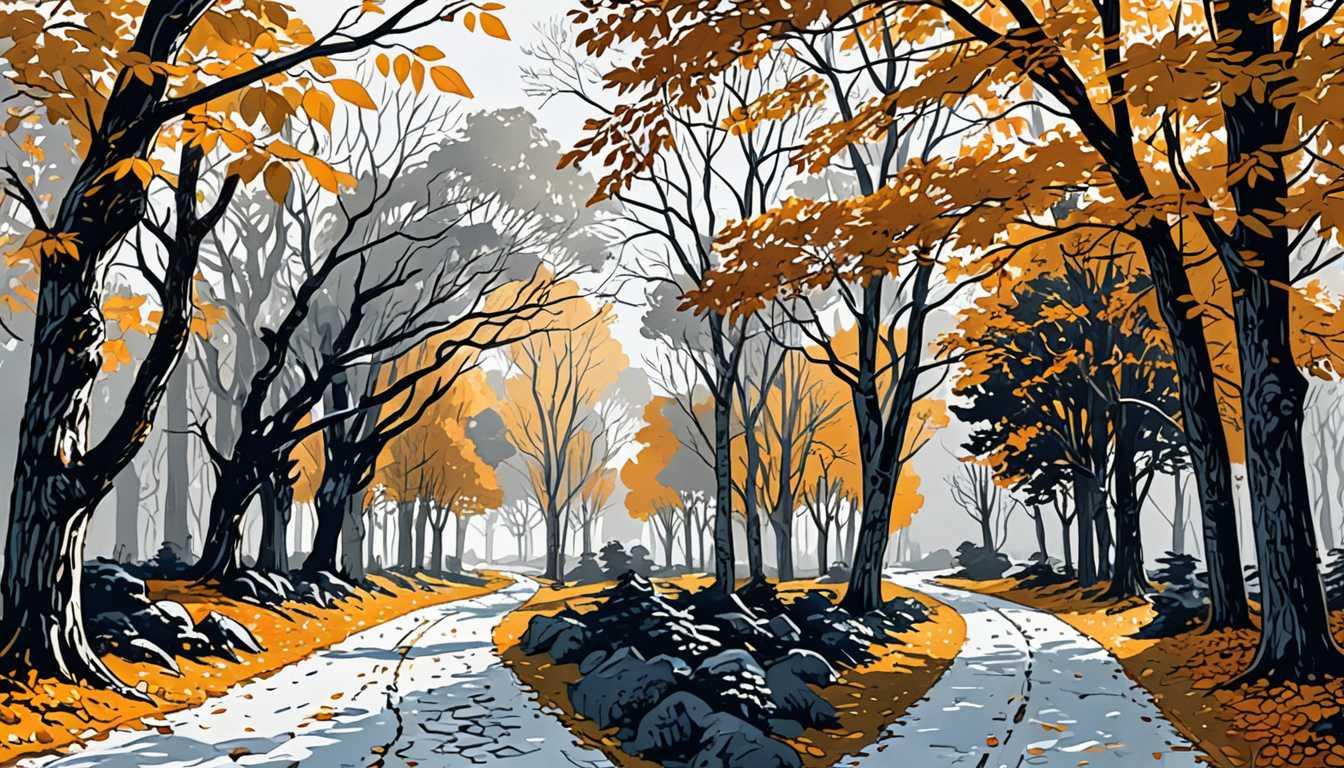Roads: Lifelines or Death Traps?
September 2023
Smithsonian Magazine
Introduction
Dive into the world of roads with the Smithsonian Magazine's eye-opening piece, How Roads Have Transformed the Natural World. Discover how our 40 million miles of roads, from ancient mud-brick paths to modern highways, shape not just human connections but also spell disaster for countless other life forms. With a blend of history, science, and a dash of humor, this article reveals roads as both lifelines and death traps, weaving together tales of ecological impacts, animal roadkill, and the surprising ways roads influence our planet. Ready to hit the road of knowledge?
READ FULL ARTICLEWhy It Matters
Discover how this topic shapes your world and future
Roads - The Pathways to Progress and Peril
Imagine a world where the simple act of traveling from one point to another reshapes the planet. Roads, those ribbons of asphalt and concrete that crisscross continents, are not just about getting us from A to B. They're a testament to human ingenuity, connecting us in ways our ancestors couldn't have imagined. But there's a flip side. These same roads fragment habitats, endanger wildlife, and alter ecosystems. They're a double-edged sword, offering freedom and connection for us while posing threats to the natural world. This duality makes the study of roads and their impact on the environment not just fascinating but crucial. Understanding this can help you see the world differently, noticing not just where roads take us, but also where they might lead the planet.
Speak like a Scholar
Ecological fragmentation
This term describes how habitats are broken into smaller pieces by roads, making it difficult for animals to find food, mates, or migrate.
Road-effect zone
Refers to the area around roads that is affected by their presence, which can include changes in wildlife behavior, pollution, and altered ecosystems.
Invasive species
These are plants, animals, or fungi that are not native to an area and spread rapidly, often because they hitch a ride along roads, harming local ecosystems.
Carbon footprint
The total amount of greenhouse gases, including carbon dioxide and methane, that are emitted by our actions, including the construction and use of roads.
Habitat loss
The destruction or disruption of the natural home or environment of wildlife, often a consequence of road construction.
Conservation biology
A field of science that studies how to protect and restore biodiversity, or the variety of life on Earth, including strategies to mitigate road impacts on wildlife.
Independent Research Ideas
The role of roads in spreading invasive species
Investigate how roads serve as conduits for invasive species and the effect this has on local ecosystems. This study could explore the balance between infrastructure development and environmental conservation.
Carbon footprint of road construction vs. roadless areas
A comparative study on the carbon footprint associated with constructing and maintaining roads versus the carbon sequestration capabilities of untouched, roadless areas.
Wildlife crossings and their effectiveness
Examine the design, implementation, and effectiveness of wildlife crossings around the world. This research could shed light on how infrastructure can coexist with natural habitats.
Impact of roads on aquatic ecosystems
Delve into how road runoff and sedimentation from construction affect aquatic ecosystems, focusing on water quality, fish populations, and aquatic plant life.
Urban planning and green infrastructure
Explore how urban areas can integrate green infrastructure, like green roofs and permeable pavements, to mitigate the environmental impact of roads. This interdisciplinary study combines urban planning, environmental science, and civil engineering.
Related Articles

Urban Green: Unsung Climate Heroes
February 2022
Boston University

Carp Crisis: Innovative Countermeasures
May 2023
Smithsonian Magazine

Microbes: The Plastic-Munching Heroes
May 2023
Smithsonian Magazine

Forests at a Crossroads: Act Now
November 2023
University of Cambridge

Aging the Ocean's Tiny Invaders
May 2023
Kyushu University